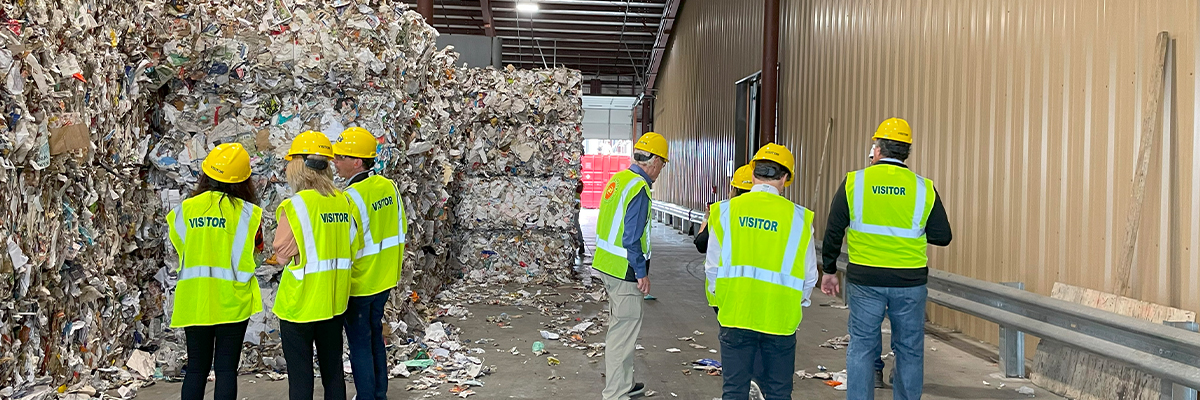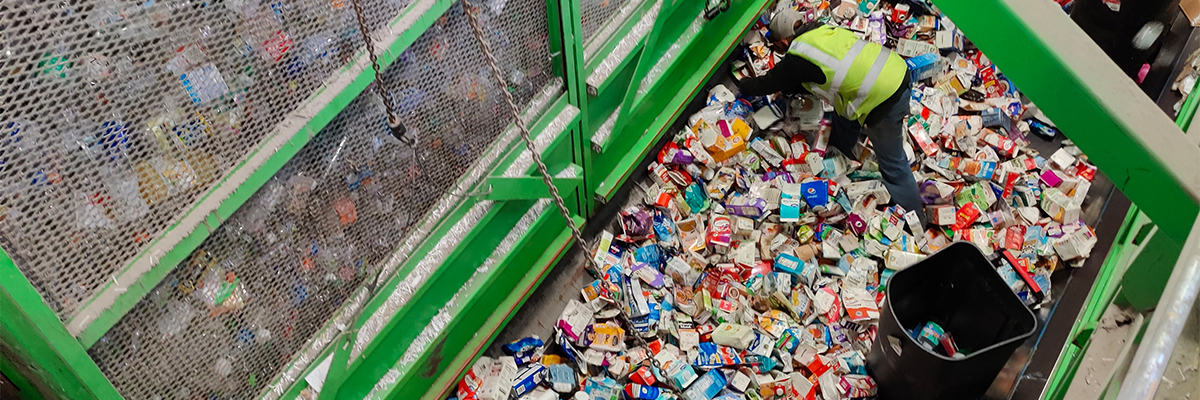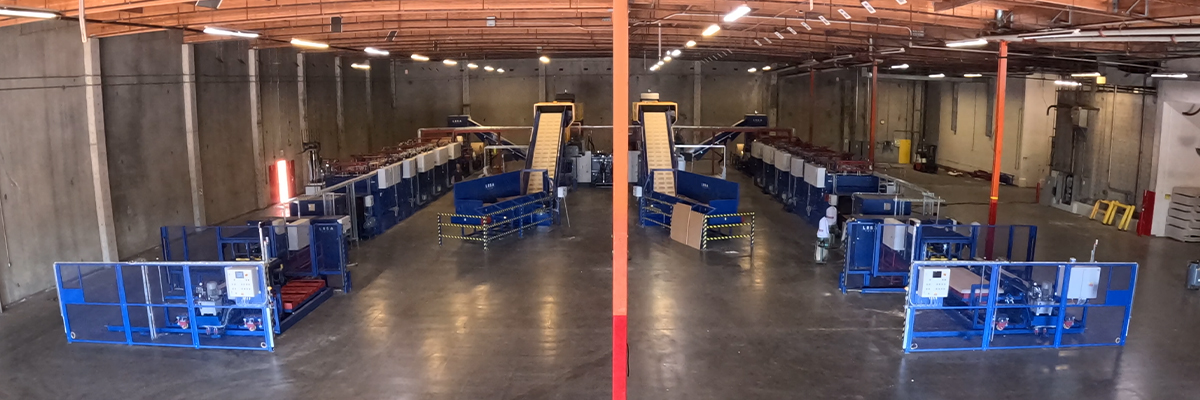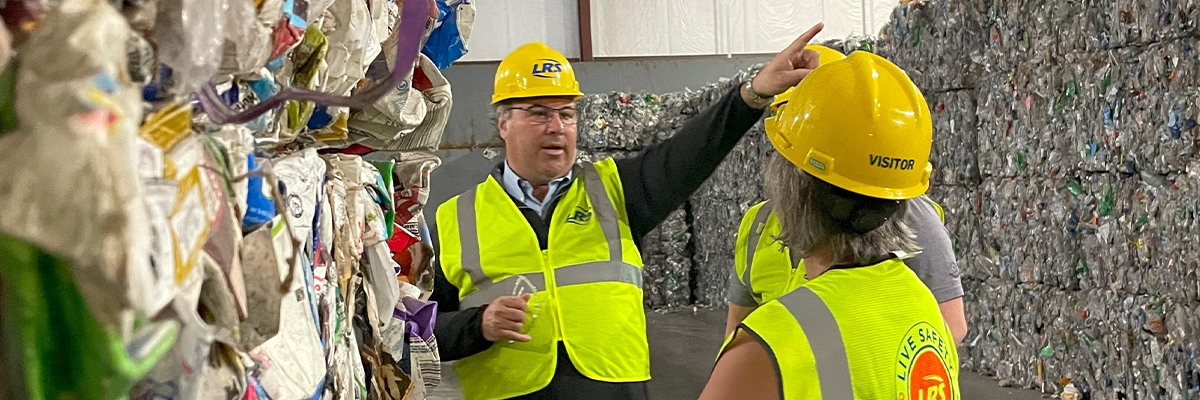Collection, Recycling, and Beyond
Food and beverage cartons are more recyclable today than ever before – but, what does “recyclability” actually mean? The first step of the process is collection (curbside, drop-off, deposit return, or mail-in), and for many consumers, what happens beyond this remains a mystery.
Once recyclables are received by a materials recovery facility (MRF), they are sorted by type and then sold and shipped to an end market who will do the actual “recycling” that turns the recovered material into a new product. Every day, cartons are being collected and converted to be given a new life.
What Does The “Recyclable” Designation Mean?
To legally be labeled “recyclable”, a product must have at least 60% household recycling access across the United States (a standard set by the Federal Trade Commission’s Green Guides). When the Carton Council began our work in 2009 to advance the real-world recyclability of cartons, only 18% of U.S. households had access to carton recycling.

Through collaboration with municipalities, MRFs, end markets, and other recycling stakeholders, that access expanded to over 60% by 2017, growing from ambition to reality in just eight years. Cartons have now been recognized as Widely Recyclable since first achieving this milestone.
However, increased access is only part of the Carton Council’s mission; our members founded the Carton Council to improve the entire recycling value chain for cartons through more access to recycling and more real-world recycling. Supporting and serving as an expert resource to MRFs, end markets, and industry stakeholders is critical to recycling access preservation and growth.
Overcoming a Paradox: MRFs and End Markets
So, what’s next after consumers gain access to recycling? While building access is a critical first step, the Carton Council also supports building capacity to convert collected material to new products, allowing the cycle of circularity to repeat itself.

While anyone can place a carton in their recycling bin, something can’t be recycled unless there’s a system in place to use that material in creating a new product. The relationship between MRFs and end markets drives the system, which operates on the basic economic principle of supply and demand with different parties on each side. This interplay seems prohibitive to launching a recycling system and a bit paradoxical at first glance:
- MRFs won’t sort cartons unless they believe there is demand for them.
- End markets won’t invest in using cartons unless they believe there will be supply.
If MRFs won’t sort cartons without reliable demand and end markets won’t be built without reliable supply, how does a recycling system start? Breaking this cycle requires outside investment. Support from the Carton Council has provided both sides of the supply chain with the stability they need to begin, operate, and grow.
States across the U.S. are exploring and implementing packaging extended producer responsibility (EPR) legislation to mandate this necessary investment from producers. Many packaging types are using the Carton Council’s proactive and voluntary efforts as a roadmap for building access and circularity.
Today, varied and growing end markets exist for cartons, which can be sorted and recycled either independently with only other cartons or with mixed paper. When recycled using carton-specific processes, MRFs and end markets are able to get the most value from cartons, converting them into renewable building materials or recycled paper products such as office paper and tissues.

When recycled along with other recovered fiber in mixed paper bales, recycled paper mills are equipped to separate and utilize the high value fiber that composes the majority of cartons, converting cartons along with other recovered fiber into primarily paper packaging. The small amounts of plastic and aluminum are screened out during the recycling process.
Increasingly diverse and advanced end markets are positive for market stability and MRF confidence in sorting technology investments.
Words Matter
Carton recycling is working, with cartons collected, sorted, and recycled daily across the country. However, continued growth of the recycling ecosystem depends on market stability and reliable supply and demand.
Outdated information on the realities surrounding the real-world recyclability of cartons undermines stakeholder trust in the system. If cartons are dismissed as not recyclable, even when they are, it risks discouraging consumer participation, MRF sorting, and end-market investment. Today, cartons are widely recyclable with operational end markets.
Correctly identifying cartons as recyclable will support the continued organic growth of this system; incorrectly calling them not recyclable undermines the viability of the entire system, acting as a self-fulfilling prophecy that could slow or even reverse progress.
A Proven and Growing System
Thanks to industry-wide collaborative solutions led by the Carton Council’s recycling experts and voluntary, forward-thinking investment from carton producers:
- Most U.S. households have carton recycling access.
- MRFs are actively sorting cartons.
- End markets are recycling recovered cartons into new products.

The hard truth: When the Carton Council launched initiatives in 2009 to advance recycling, these statements were ambitions, but not yet accomplishments; continued investment and stakeholder support have since built a true circular economy for cartons. Every part of the recycling value chain, from collection all the way through end markets, is now functioning in the real world and growing.
Correctly identifying cartons as recyclable allows for continued investment and growth. There’s still work to be done, but with broad support from communities, policymakers, and stakeholders across the recycling value chain, we can collaboratively build on the past 15 years of historic progress.